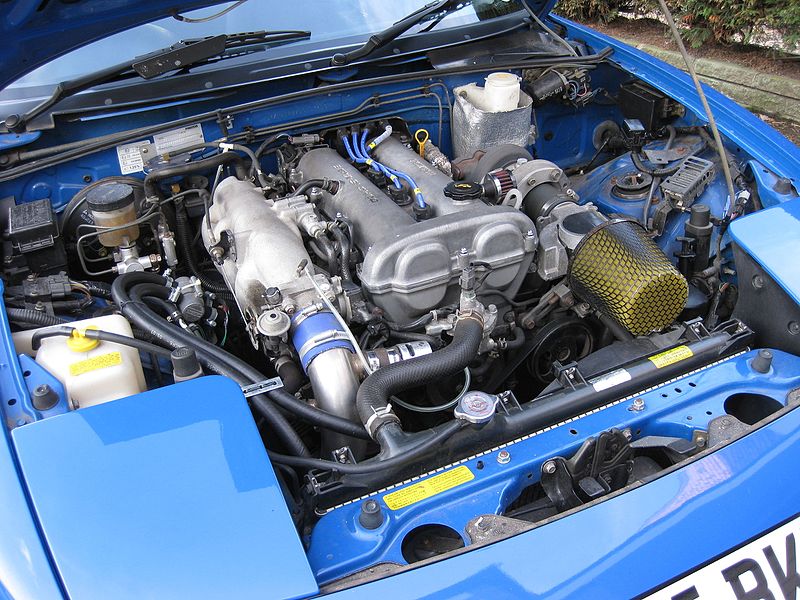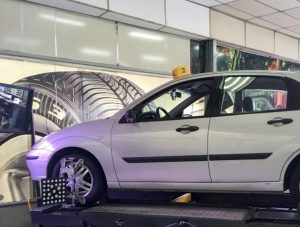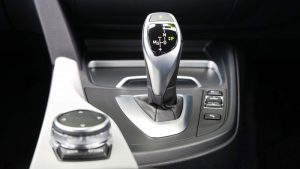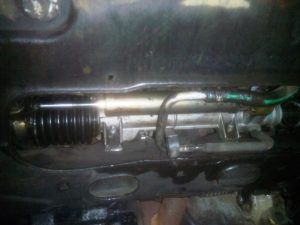Summary
– Car switch: the origin of the word
– Car switch: what about it today?
– Car breaker: maintenance and cost
“To make your car break down”, “to bring the engine to the breaker”, so many expressions often used to describe, in a pictorial way, the torture inflicted on thermal engines.
However, you’ll have trouble finding this breaker under the hood of a vehicle; it’s not an organ per se but rather an extended-term describing an engine’s operating phase.
Car ignition switch: the origin of the word
The ignition switch
The ignition switch can be a part of the ignition system on old gasoline vehicles: it is a switch activated and synchronized with the engine rotation.
When it is closed, connecting it to the ground supplies the ignition coil and “fills” it electrically. At the precise moment when it opens, a sudden voltage that is reduced by the coil (15,000 volts) is applied to the spark plug, which produces a spark, allowing combustion.
Today, it is replaced by static electronic components.
The breaker, speed limiter
This is the one we are interested in and which is discussed in this article.
Initially, to prevent engine over-revving, especially on high-performance vehicles, and to avoid “valve panic”, an inertia contact was attached to the ignition rotor. When the engine speed is too high, the two contacts of the breaker move apart, thus cutting off the high-voltage supply to the spark plugs.
Please note: the collapse of the valves is due to the characteristics of their return spring: if the engine speed is too high, it does not fulfill its function anymore, and the valves do not close, causing them to contact the engine piston. In the ignition head, the rotor is a part that distributes, alternately and in the correct order, the high voltage to the spark plug wires.
Car switch: what is it today?

Description
On modern vehicles, it has physically disappeared, but its function is still present.
It is easily noticed when the engine is pushed to its limits at the highest speeds: from a precise value of the engine speed, beyond which the risk of breakage is real, the engine saturates and does not exceed this maximum value, emitting an unsightly characteristic noise; this is the breaker function.
Operation
Since there are no longer any mechanical parts, this function is performed by the engine’s electronic management system, and more precisely, by the engine control unit.
Guided by the engine speed sensor, in the event of Overspeed, it cuts the ignition on spark-ignition engines (gasoline engines) and the control of the injectors on spontaneous combustion engines (diesel engines).
Car switch: maintenance and costs
After-sales service
There is no after-sales service for standard vehicles in their everyday use, and there are no malfunctions.
On the other hand, this maximum range of speed limitation can be modified for a tuning use or preparation engine intended for automobile competition. It is then necessary to reprogram the engine management computer.
Associated with a map revision, it allows modifying the engine performance.
Cost of reprogramming
A reprogramming, depending on the degree of intervention, is estimated between $600 and $1000.
Read more here:
– The Solution to Combat Engine Fouling
– Why Will You Remove the Catalyst Converter?
– A Guide to Understanding Automotive Mechanics
– Why Perform a Car Diagnostic?
– Increasing the Turbo Pressure
– What Is Ultrasonic Car Injector Cleaning?
– 4 Essential Tips to Clean a Car Injector




